At Artcraft Plating & Finishing Co., Inc., we specialize in providing high-quality electroless nickel plating services to a wide range of industries. As a team, we take great pride in our ability to provide our clients with customized plating solutions that meet their unique needs and specifications. We take pride in our work and strive to exceed our clients' expectations every time. Contact us...
Since 1968, Gull Industries is the premier metal coating service provider throughout the central, southern region of North America. We pride ourselves as being a customer and market focused leader relative to customer services, product quality and environmental leadership. We apply 'Hi-Phos' E-Nickel at Gull Industries which is the most corrosion resistant version of all ENP processes available.
Cal-Aurum Industries provides metal plating and metal finishing systems to a variety of industries. We offer electroless nickel plating as well as gold, silver, rhodium, palladium, nickel, tin, tin/lead and copper plating. Our company formed in 1971, so we have years of experience and expertise to offer when we hear form you!
Since 1975, AOTCO Metal Finishing has been specializing in metal finishing systems and metal plating including tin, gold, copper, cadmium, chromium and electroless nickel plating. We are a metal finisher where quality and reliability count the most. Call us for more information.
Send Requests For Quote to Multiple Nickel Plating Suppliers Near You
Provide your project details, and we'll connect you to 5-20 qualified Nickel Plating companies in your region. 100% free.
Get InformationManually Sourcing U.S./Canadian Manufacturers for 20+ Years
More Nickel Plating Companies
In addition to having multiple purposes, there are multiple methods by which nickel can be plated. One way is by electroplating and the other way is by electroless plating.
Nickel coating is utilized in a wide range of applications and industries including: food processing, for plating of items such as kitchen utensils and cookware; industrial manufacturing, in which plating is performed to protect facility equipment and supplies such as storage tanks from corrosion; residential, for the plating of household appliances and fixtures such as bathroom door knobs; petroleum, used to plate essential components such as oil field valves and fuel rails; and automotive, for plating of power transmission parts such as drive shafts. Specific standards that certain types of nickel plating must adhere to are set by organizations such as the American Society for Testing and Materials (ASTM), the Society of Automotive Engineers (SAE) and the Aerospace Material Specification (AMS).
The two previously mentioned methods of nickel plating differ in several ways; however, there is one vital distinction being that electroless accomplishes nickel deposition without the use of an electrical current, which is something that is required by the electrolytic nickel plating method. However, nickel is the most common material used in electroless plating processes, and there are a variety of ways in which nickel can be electroless plated.
For instance, there are two main nickel alloys that are utilized in electroless nickel plating processes: nickel-phosphorus and nickel-boron. In addition, there are three main types of nickel-phosphorus: low phosphorous, medium phosphorous and high phosphorous. Some characteristics of low phosphorous electroless nickel are a uniform thickness and high corrosion-resistance, particularly in alkaline environments. Medium phosphorous electroless nickel, conversely, has the characteristics of high stability and the ability to be offered in various degrees of brightness including very bright and semi-bright.
Lastly, high phosphorous electroless nickel features the beneficial characteristics of low porosity, high stain-resistance, and extremely high corrosion-resistance. Also, there are two main ways in which nickel can be electroless plated: barrel plating or rack plating. In barrel plating numerous small pieces are plated at once, while in rack plating is used for either large parts, fragile parts or complex parts.
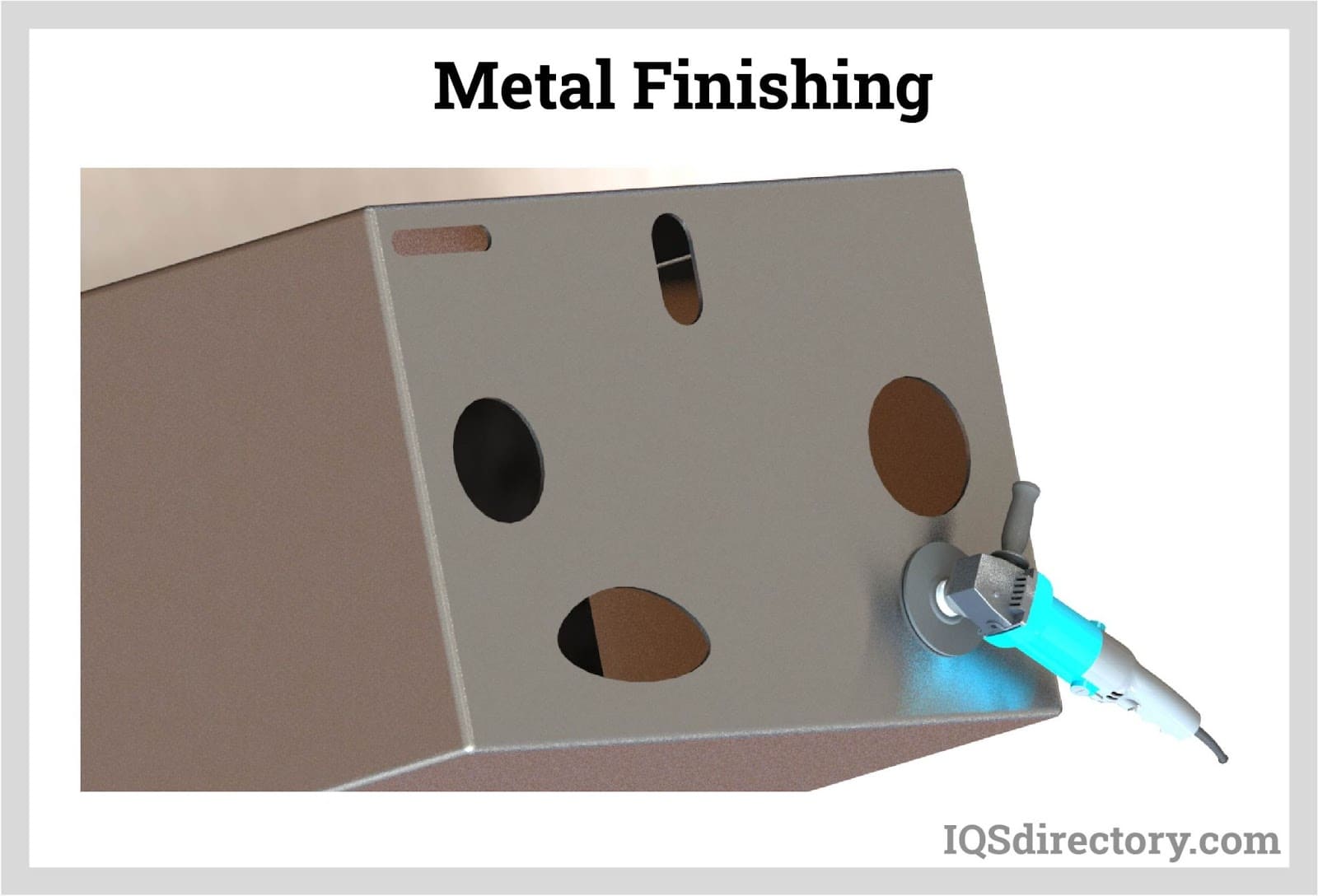
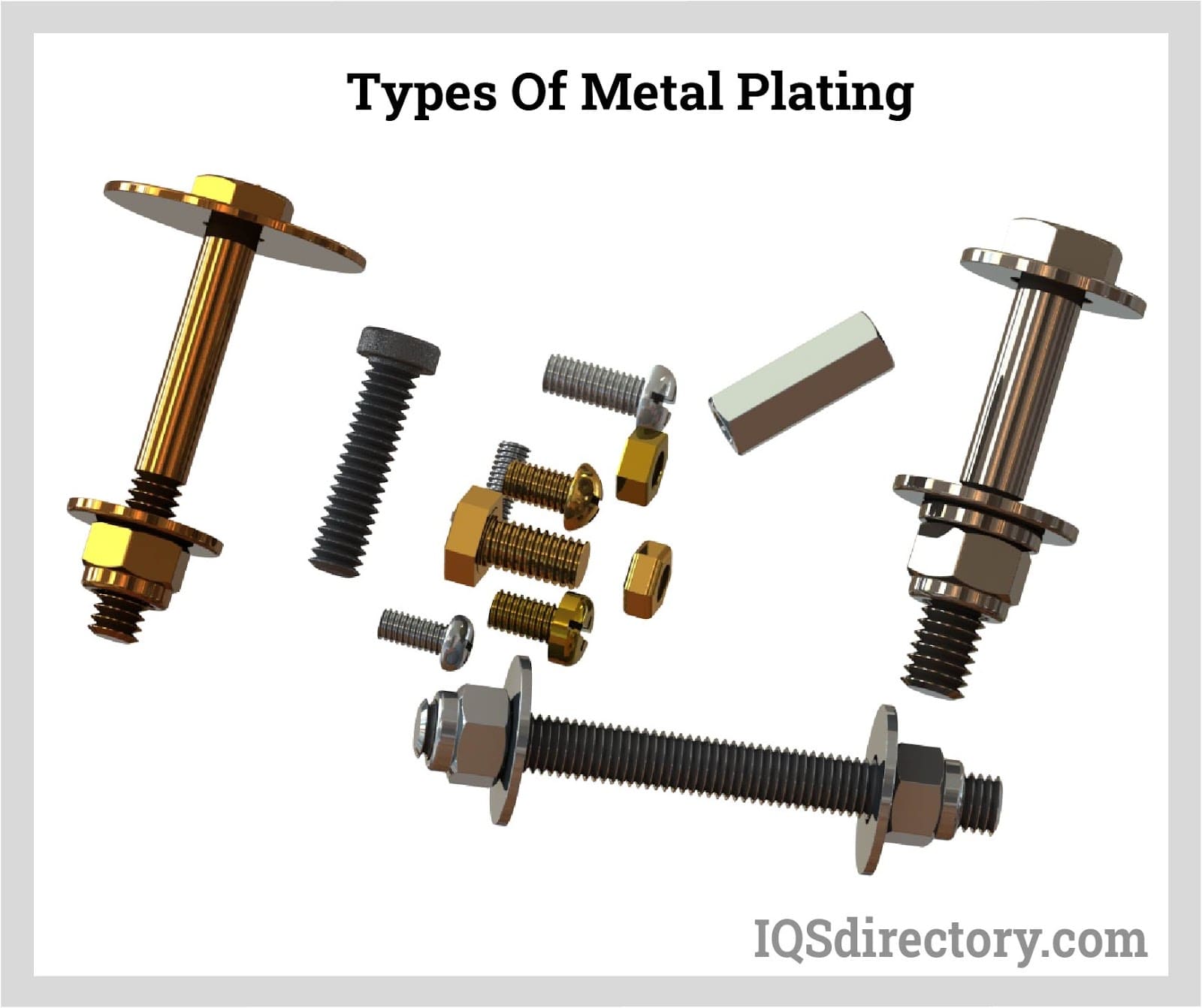
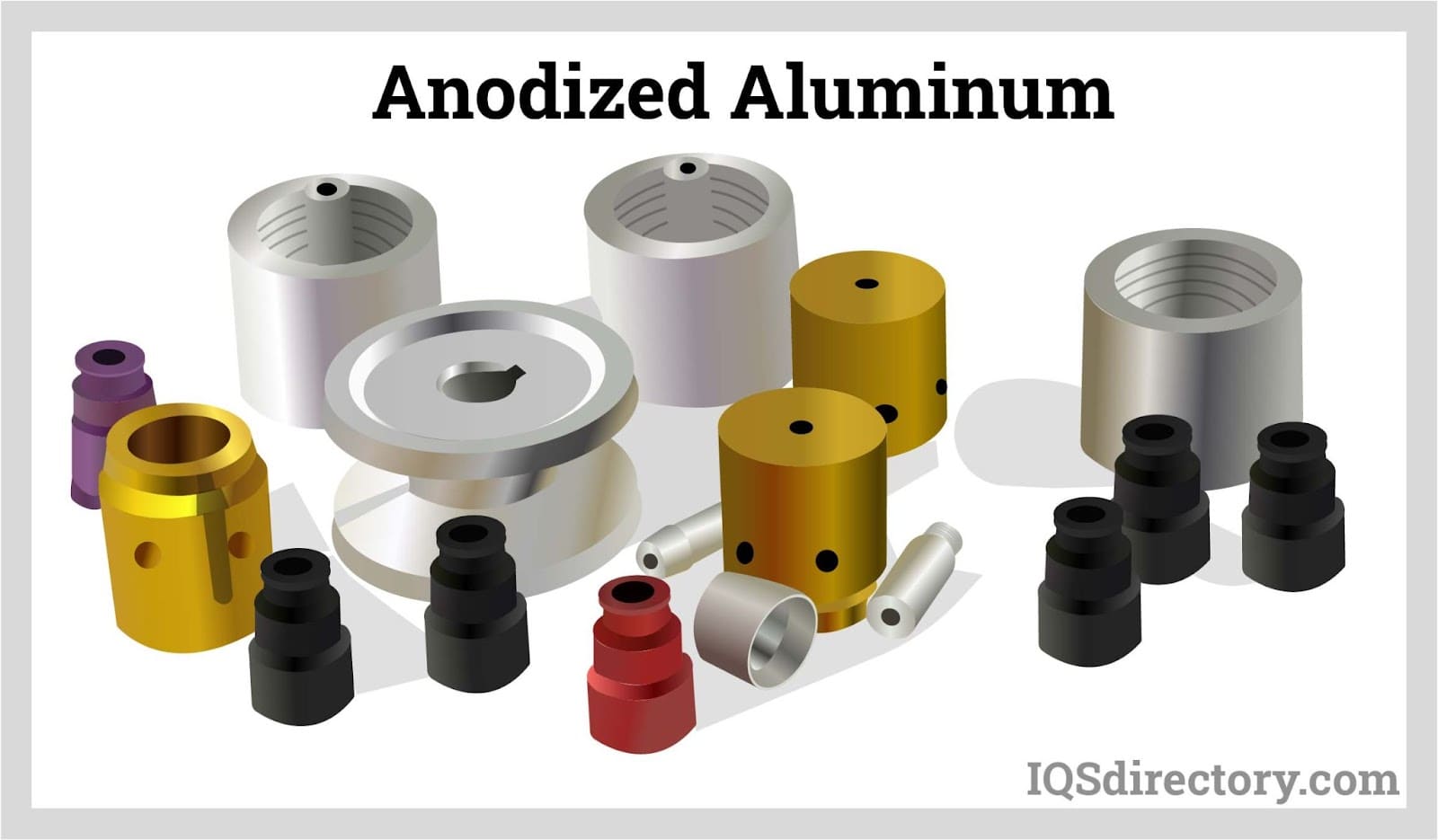
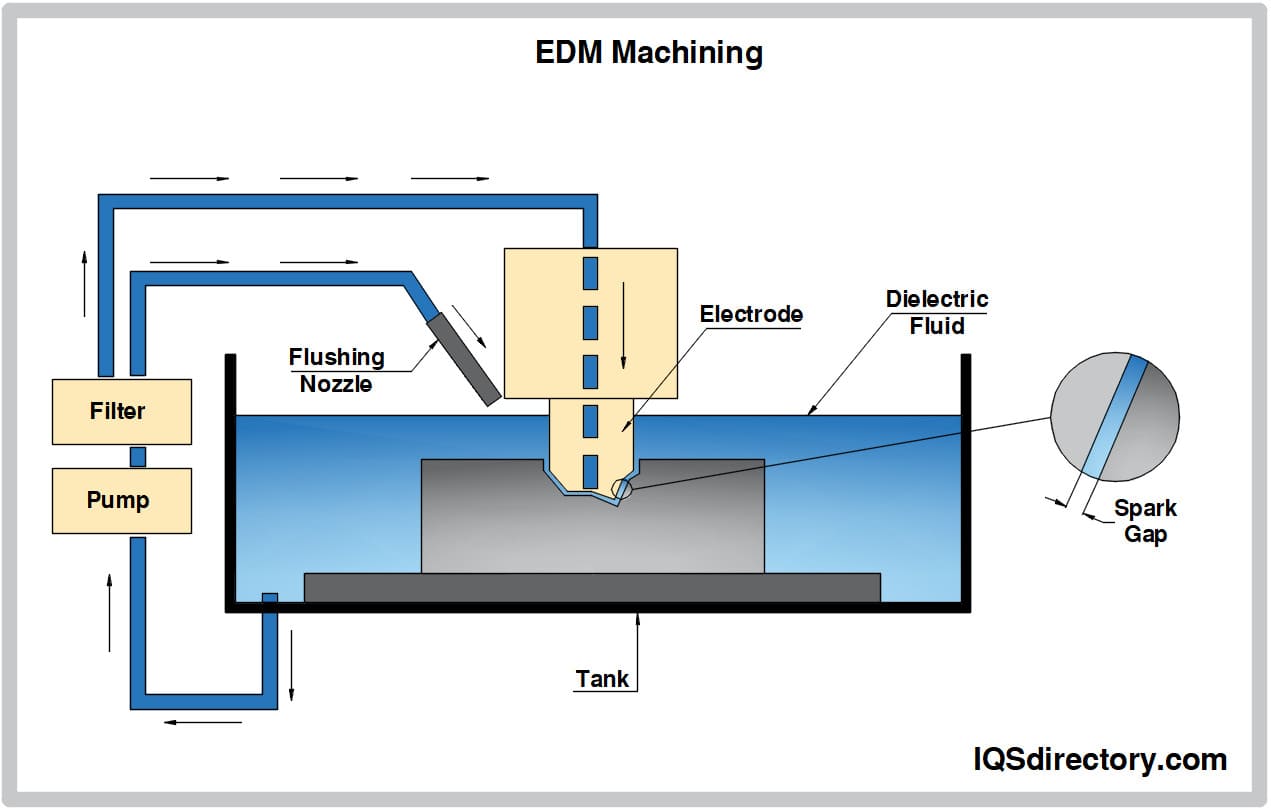
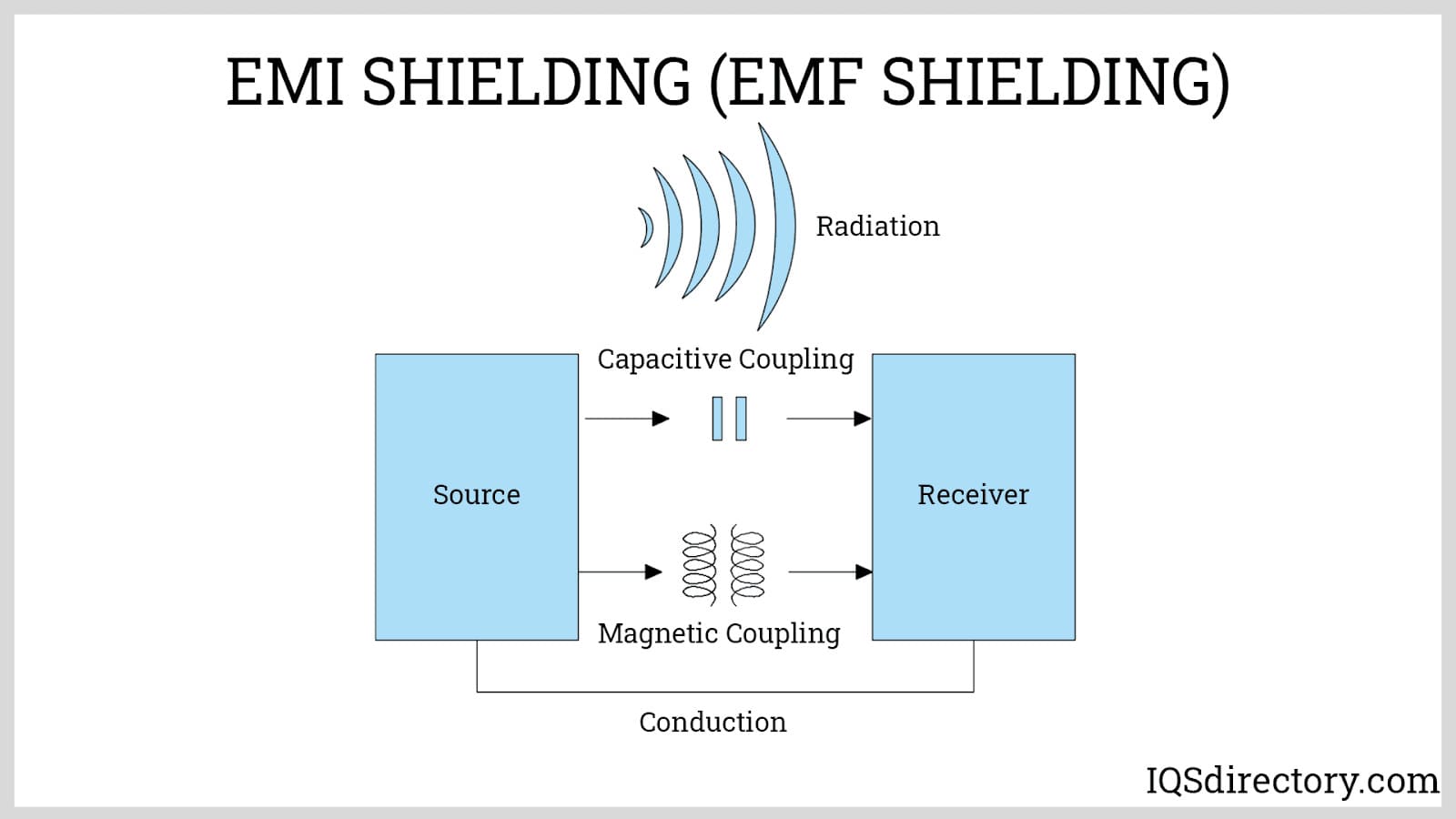
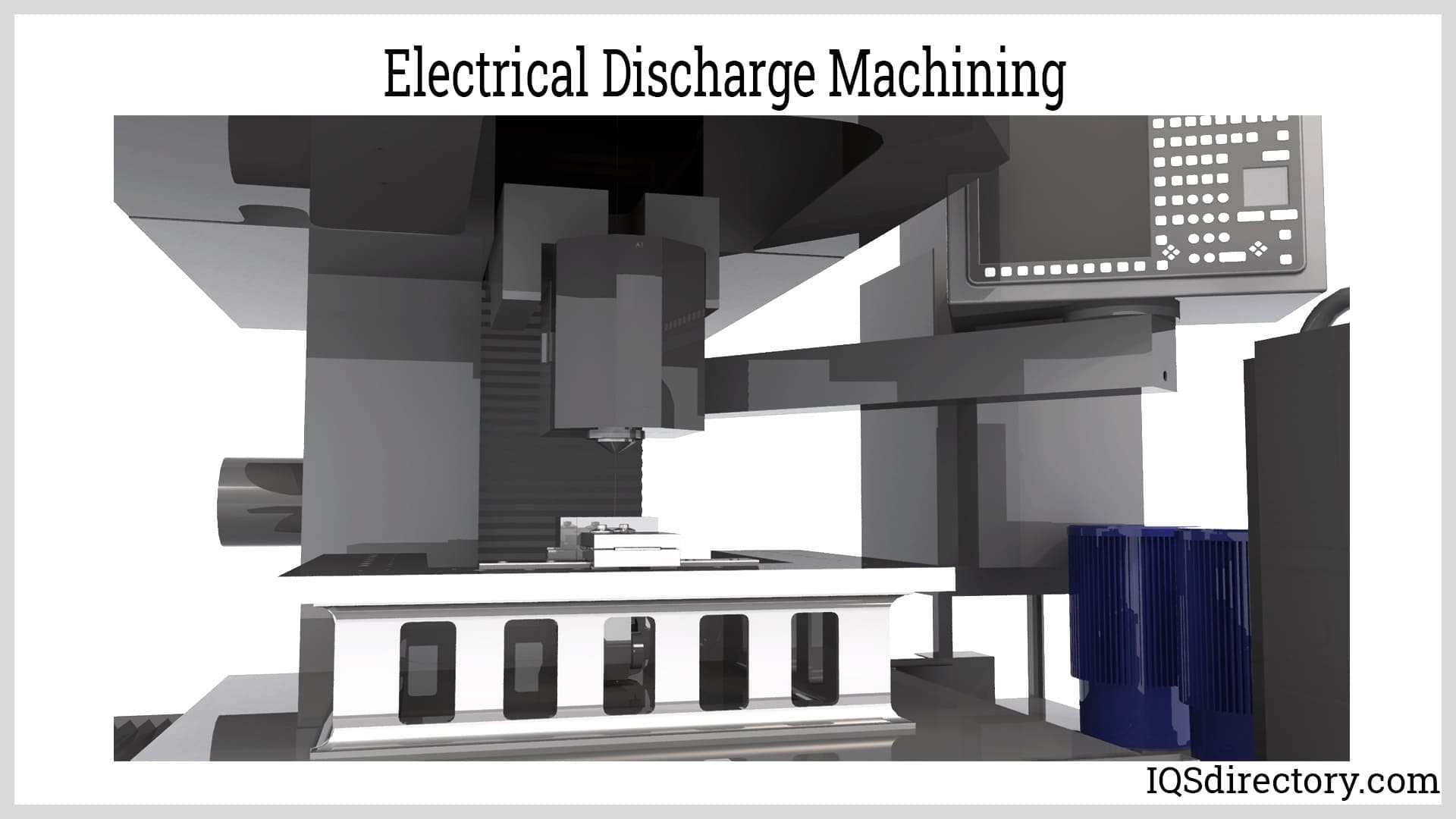
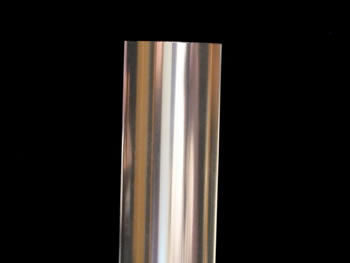 Aluminum Anodizing
Aluminum Anodizing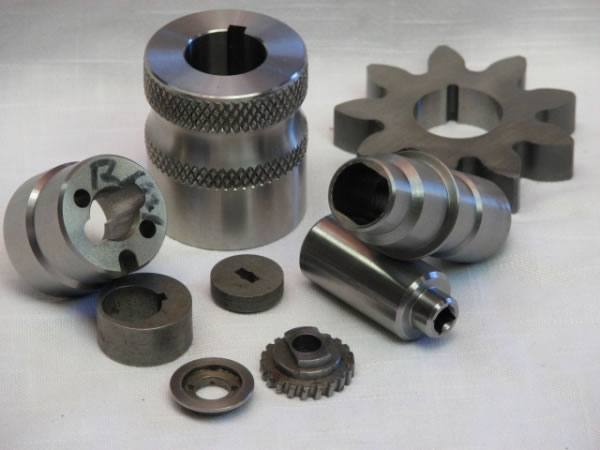 EDM
EDM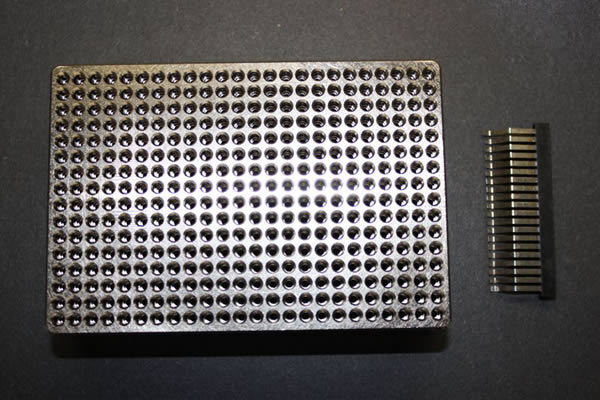 Electroless Nickel Plating
Electroless Nickel Plating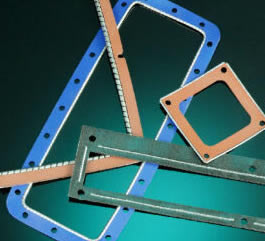 EMI Shielding
EMI Shielding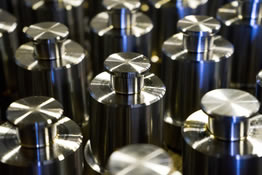 Heat Treating
Heat Treating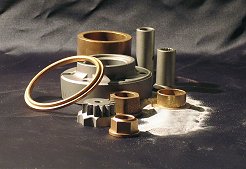 Metal Coating Services
Metal Coating Services Castings & Forgings
Castings & Forgings Bulk Material Handling
Bulk Material Handling Electrical & Electronic Components
Electrical & Electronic Components Flow Instrumentation
Flow Instrumentation Hardware
Hardware Material Handling Equipment
Material Handling Equipment Metal Cutting Services
Metal Cutting Services Metal Forming Services
Metal Forming Services Metal Suppliers
Metal Suppliers Motion Control Products
Motion Control Products Plant & Facility Equipment
Plant & Facility Equipment Plant & Facility Supplies
Plant & Facility Supplies Plastic Molding Processes
Plastic Molding Processes Pumps & Valves
Pumps & Valves Recycling Equipment
Recycling Equipment Rubber Products & Services
Rubber Products & Services